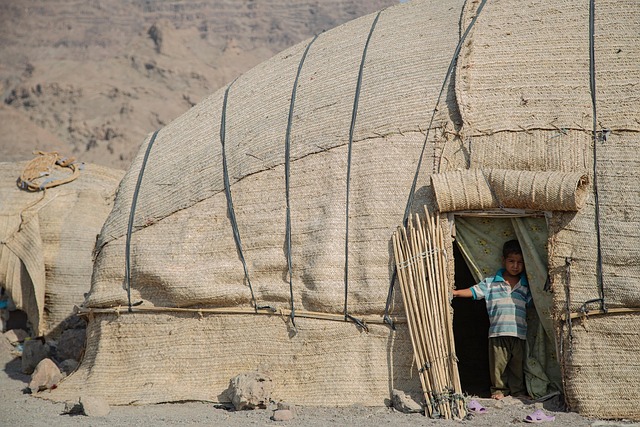In an age where stories are told through pixels and posts, documentary photography emerges as a powerful medium that captures the essence of human experiences. This fascinating art form transcends the mere act of taking photos; it tells stories, evokes emotions, and reveals truths that are often hidden beneath the surface. Through the lens of a camera, photographers become storytellers, crafting narratives that resonate with viewers long after they’ve seen the images.
Documentary photography is not just about beautiful pictures; it’s about presenting an unfiltered view of reality. Each photograph serves as a window into someone else’s life, a moment frozen in time that reflects a particular situation, culture, or social issue. The details matter – from the expression on a subject’s face to the play of light over their surroundings. Every element within the frame is meticulously considered, bringing depth and complexity to the subjects being documented.
The choice of optics can dramatically enhance the storytelling in documentary photography. The right lens allows photographers to play with perspectives, focusing intently on emotional expressions while also capturing the broader context of the environment. A wide-angle lens can immerse the viewer in a scene, showcasing the environment and its relationship to the subject, while a telephoto lens can provide a sense of intimacy, allowing the observer to connect with the subject on a more personal level.
Using the camera as a tool for advocacy, many documentary photographers aim to shine a light on social injustices, cultural traditions, and untold stories. Their photographs serve as visual narratives that provoke thought and inspire change. By capturing moments of raw authenticity, these photographers encourage viewers to look beyond their own experiences and glimpse the realities of others.
For aspiring documentary photographers, mastering technical skills is crucial, but understanding the heart and intent behind each shot is equally important. Whether it’s through mastering composition, understanding lighting, or honing post-processing techniques, each aspect of photography plays a vital role in conveying emotion and narrative.
Moreover, the art of documentary photography requires sensitivity and ethics. It involves building trust with subjects who may be revealing their vulnerabilities and hardships. Respect for the people and stories being portrayed forms the foundation of responsible storytelling. A good documentary photographer navigates this complex relationship with care, ensuring that their work serves to uplift rather than exploit.
As viewers, we are invited to become active participants in the stories being told through documentary photography. Each image carries an invitation to engage with the world around us, encouraging reflection and dialogue. The power of a single photograph can ignite conversations, challenge perceptions, and ultimately foster empathy. In a world filled with curated social media images, documentary photography stands out as a beacon of authentic human experience and connection.
In exploring the art of documentary photography, we celebrate the rawness of life itself. It is a testament to the belief that every story matters and deserves to be heard. So, as we engage with these powerful images, let us also recognize the artistry and intent behind the lens, appreciating the nuances of the human condition depicted through this compelling visual narrative.


